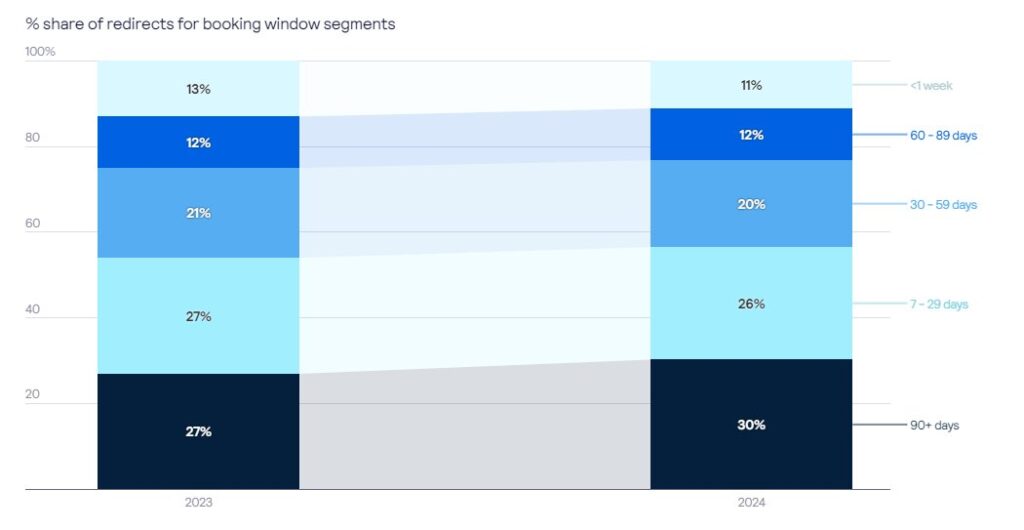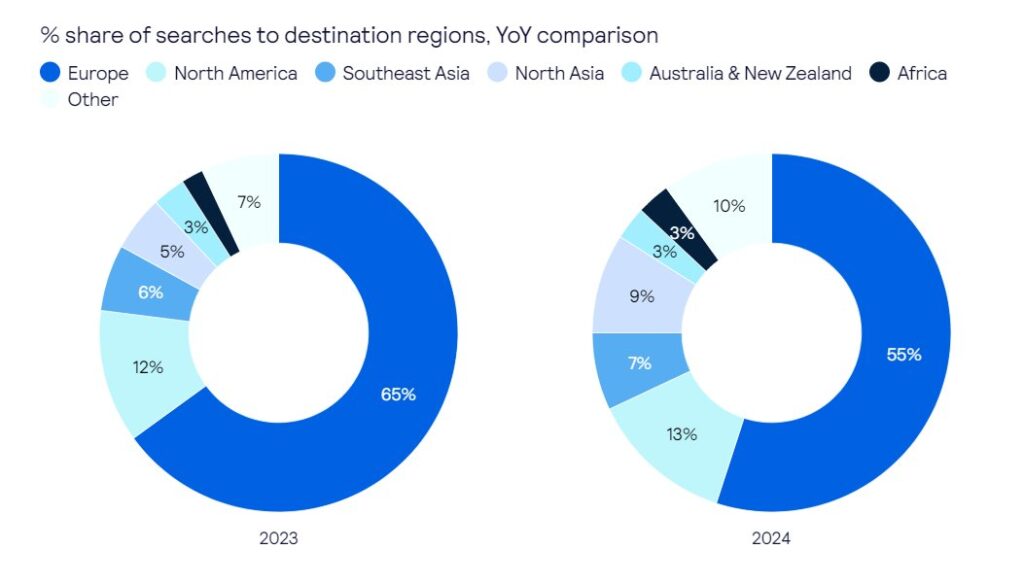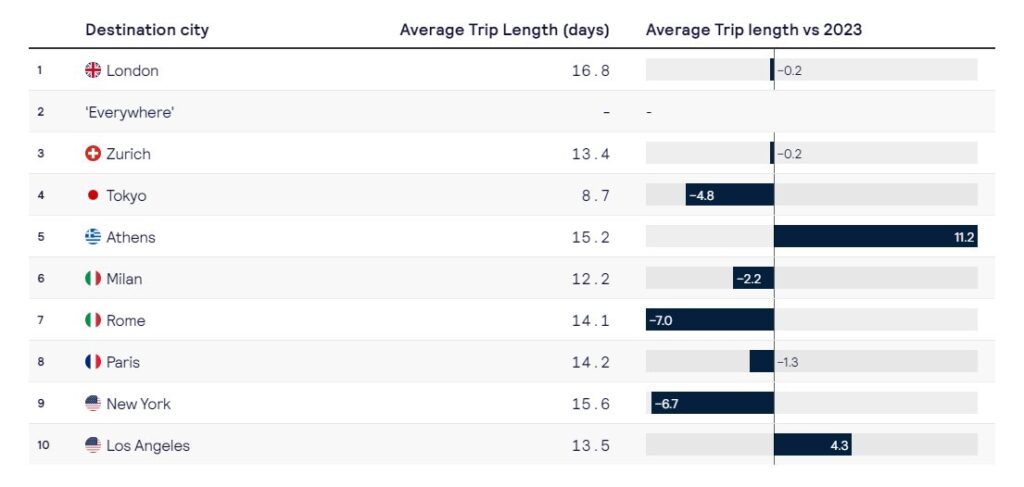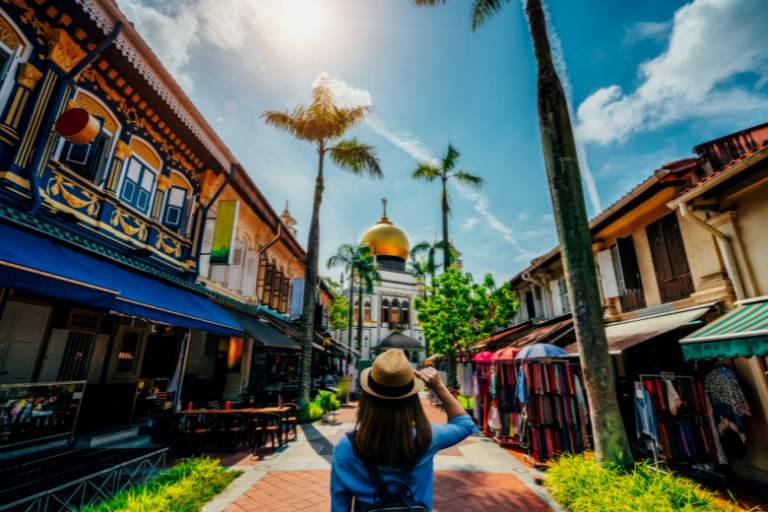Travel remains a top priority as people continue to ring-fence their budgets and invest discretionary spend in leisure trips, with Asia poised to play a central role in shaping the future of the industry in 2024 and beyond.
As highlighted in the Horizons Regional Outlook 2024 report, released by leading travel platform Skyscanner, several key trends offer valuable insights into the evolving landscape of Asian travel. Alongside booking windows stabilizing year-on-year, there are increases in search volumes to destinations closer to home as well as a shortening of trip lengths, especially for long-haul travel, as travelers increasingly look for value.
Resurgence of travel
With the gradual subsiding of the pandemic, there’s a notable resurgence in travel across Asia. As borders reopen and restrictions ease, travelers from all corners of the continent are eagerly exploring domestic and international destinations once again. This resurgence marks a significant turning point for the travel industry, signaling a return to pre-pandemic levels of activity.

Travelers across Asia Pacific (APAC) are taking advantage of more capacity and connectivity returning to their region, booking further ahead compared to 2023.
There’s an increase in all booking windows over 30 days, with a +2 percent jump in the 90+ day segment. Booking windows of two months or more now represent over a third of demand in this region.
More travelers are exploring their own backyard

Like their European counterparts, Asian travelers are exploring their own backyard in 2024. 10 percent fewer APAC travelers are booking trips to Europe this summer. From over two-thirds setting their sights on Europe in 2023, just over a half are doing so this year – however, it still remains the most popular segment.
So, what’s happening? More people are exploring their own region: +4 percent are choosing North Asia and +1 percent Southeast Asia. Seat capacity is returning to the region and many travelers are indicating a desire to swap long-haul trips with short or medium ones, or even domestic trips (with an eye on their budget to help keep costs down).
Most popular destinations for APAC travelers

The top destinations for APAC travelers for travel between June and August are well-known European and US destinations, which make most of the list. Athens, coming in fifth, has the biggest increase in trip length – up 11 days from the year before.
Like the other regions, ‘Everywhere’ places high on the list, illustrating that travelers – no matter where they live – love help discovering destinations to visit.
Tokyo is the only destination with a single digit trip length. When APAC travelers do travel long haul for their holiday, they make the most of it – spending around two weeks there.
While New York’s trip length is down around seven days on average, Los Angeles’ is up four days, taking its total to almost 14 days.
Top trending destinations for APAC travelers

Most trending destinations for APAC travelers are within the region itself, with New Delhi and Shanghai experiencing the biggest growth in searches compared to the same period last year.
Outside of APAC, Jeddah, Dubrovnik and Victoria are also trending – with an average trip length between 11 and 14 days.
Pangkalan Bun in Borneo, Indonesia is the only trending destination with an increase in average trip length, moving from four to seven days.
What about the places with the biggest decline in trip length? Both are Chinese cities – Shanghai and Chengdu – which see a drop between seven and eight days.
Trip length, however, is down across the board – as travelers in APAC, much like those in other regions, search for shorter trips.
Note: This report, which provides useful insights into the future of travel in Asia, was built using Skyscanner’s proprietary forward-looking Travel Insight data. It reveals changing traveler behavior and search trends in real time.

